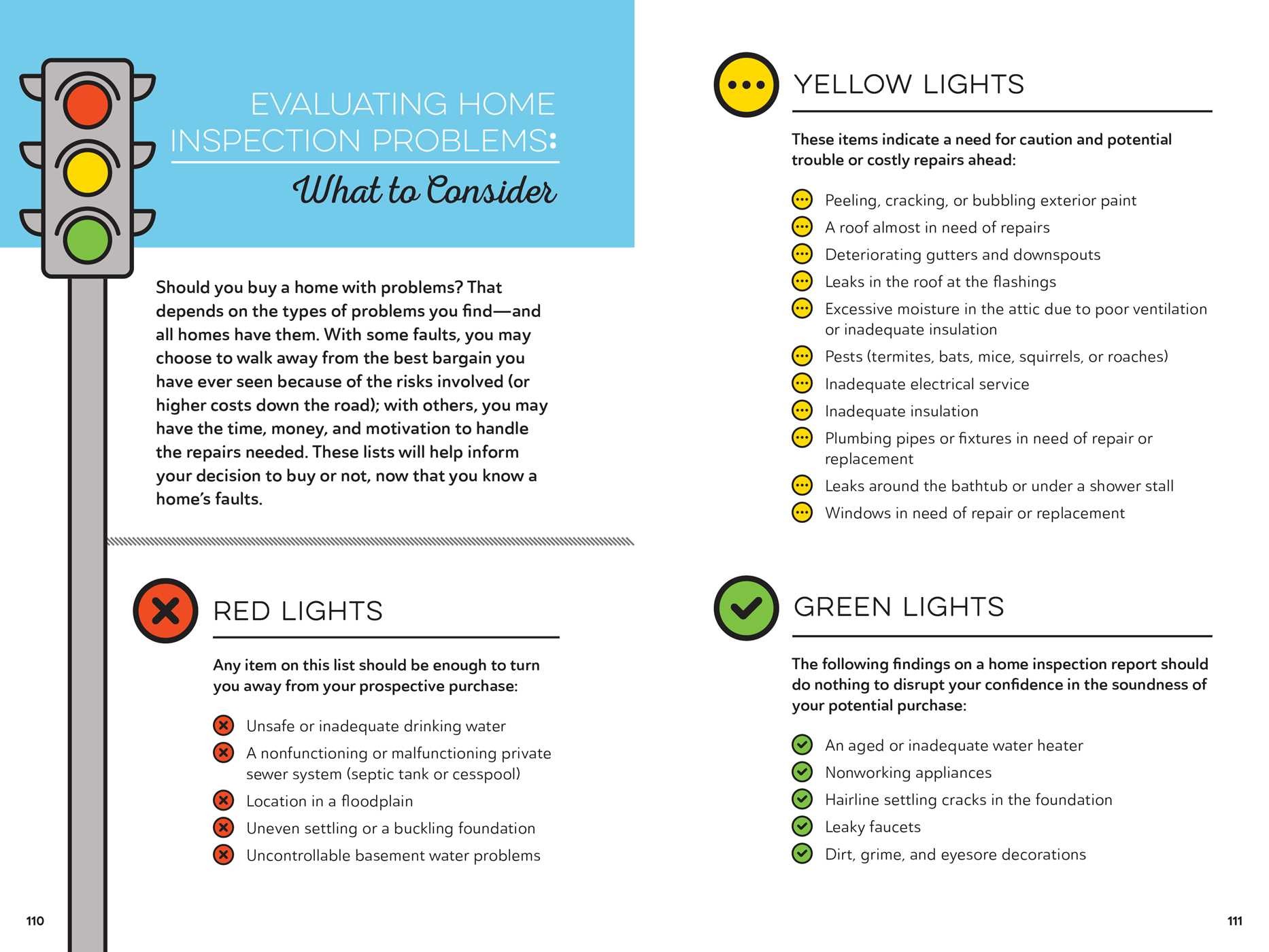Stopping Working To Address Roof Covering Air Flow Might Trigger Considerable Damages; Discover The Essential Elements That Add To An Effective Setup And Safeguard Your Economic Commitment.
Stopping Working To Address Roof Covering Air Flow Might Trigger Considerable Damages; Discover The Essential Elements That Add To An Effective Setup And Safeguard Your Economic Commitment.
Blog Article
Web Content Writer-Byrne Walls
When you're dealing with a roof project, you may not assume much concerning roof air flow, however it's more essential than you realize. Effective ventilation aids control temperature and dampness in your attic, avoiding issues like mold and architectural damage. By recognizing exactly how to design and mount a balanced air flow system, you can enhance energy effectiveness and extend the life-span of your roof covering materials. So, what are the essential factors to take into consideration during installment that can make all the difference?
Importance of Roofing Ventilation
Roofing ventilation plays an essential duty in preserving the overall wellness of your home. By permitting fresh air to distribute with your attic room, it assists control temperature level and moisture degrees. This balance is essential to protect against warm accumulation throughout hot months, which can bring about boosted power prices as your a/c works overtime.
Moreover, appropriate ventilation significantly minimizes the risk of moisture-related concerns like mold and mildew and mildew. If humidity degrees climb, your home's structural honesty can be endangered, leading to expensive fixings. You wouldn't intend to deal with rotting wood or deformed roof covering products, right?
Additionally, sufficient ventilation prolongs the life-span of your roof. When heat and moisture are kept in check, your roof covering can carry out ideally, protecting against early damage. This means less migraines and expenses down the line.
Exactly How Roof Air Flow Functions
Reliable roof ventilation relies on the all-natural motion of air to create a balance in between intake and exhaust. When you set up vents, you're essentially permitting fresh air to enter your attic while enabling warm, stale air to leave. This procedure aids regulate temperature level and wetness levels, avoiding concerns like mold and mildew development and roof covering damages.
Consumption vents, usually located at the eaves, attract trendy air from outdoors. Meanwhile, exhaust vents, located near the ridge of the roof, allow hot air increase and exit. The distinction in temperature creates a natural air flow, referred to as the stack result. As https://www.buildings.com/articles/27345/3-high-tech-tools-can-better-your-buildings-roof-and-exterior surges, it produces a vacuum that pulls in cooler air from the lower vents.
To optimize this system, you require to ensure that the consumption and exhaust vents are appropriately sized and positioned. If the consumption is restricted, you won't achieve the preferred ventilation.
Furthermore, inadequate exhaust can catch warmth and moisture, bring about prospective damage.
Key Setup Considerations
When setting up roof covering ventilation, numerous essential factors to consider can make or break your system's efficiency. Initially, you require to analyze your roofing's design. The pitch, shape, and products all affect air flow and ventilation choice. See to it to pick vents that match your roof kind and local climate problems.
Next off, take into consideration the positioning of your vents. Preferably, you'll want a balanced system with consumption and exhaust vents positioned for ideal air movement. Location intake vents low on the roof and exhaust vents near the height to urge a natural circulation of air. This arrangement helps protect against moisture build-up and promotes power efficiency.
Don't forget about insulation. Correct insulation in your attic protects against warmth from escaping and maintains your home comfortable. Ensure https://roofing-near-me40617.blogdun.com/33868590/the-value-of-routine-roofing-maintenance-to-stop-expensive-fixings does not block your vents, as this can prevent airflow.
Last but not least, think of maintenance. Choose air flow systems that are easy to gain access to for cleaning and evaluation. Routine upkeep ensures your system continues to operate properly gradually.
Conclusion
Finally, roof covering ventilation is essential for an effective installation. By making sure proper air flow, you can stop warm accumulation and dampness problems that bring about costly damages. When you strategically setting consumption and exhaust vents, you boost power effectiveness and prolong the life expectancy of your roofing. Bear in mind, a well-ventilated roof not just safeguards your investment yet likewise enhances your interior air top quality. So, focus on air flow to make certain a durable and cost-efficient roof for your home.
